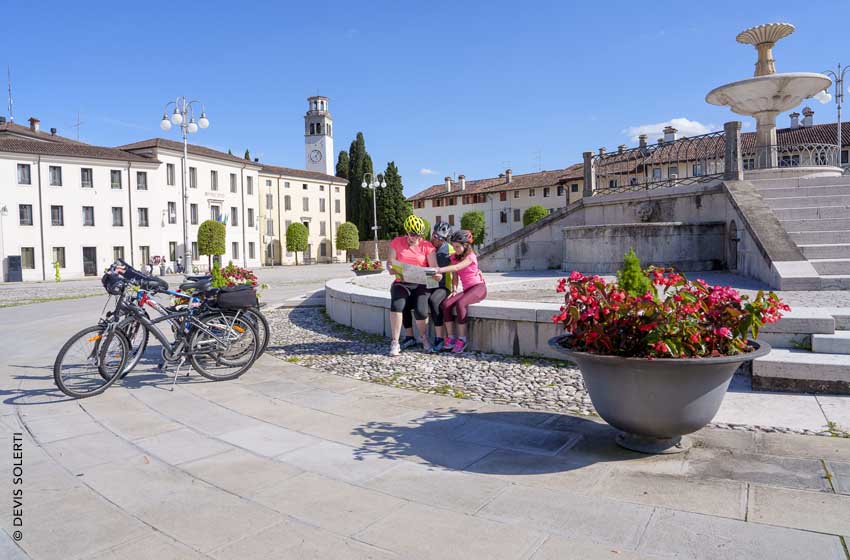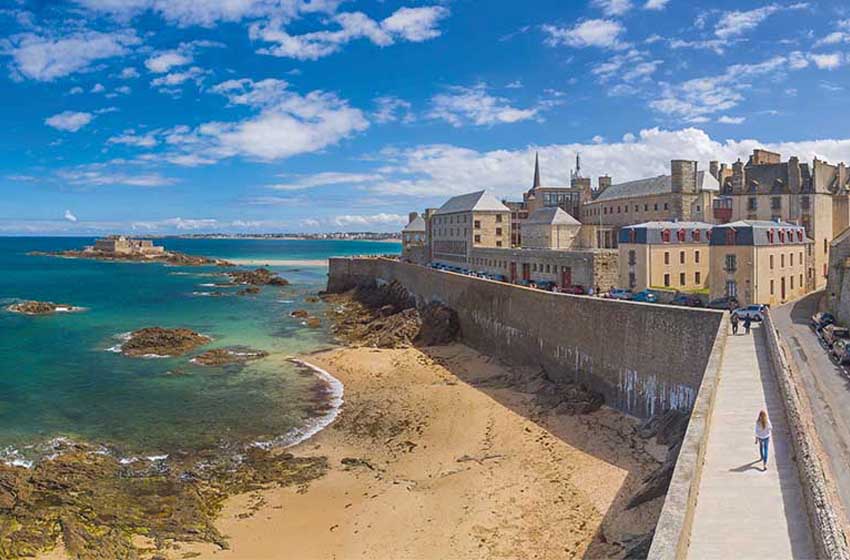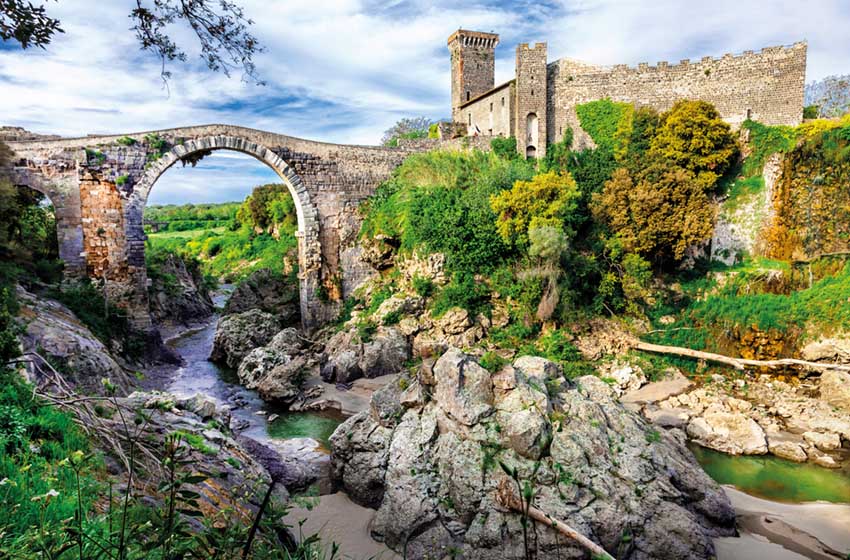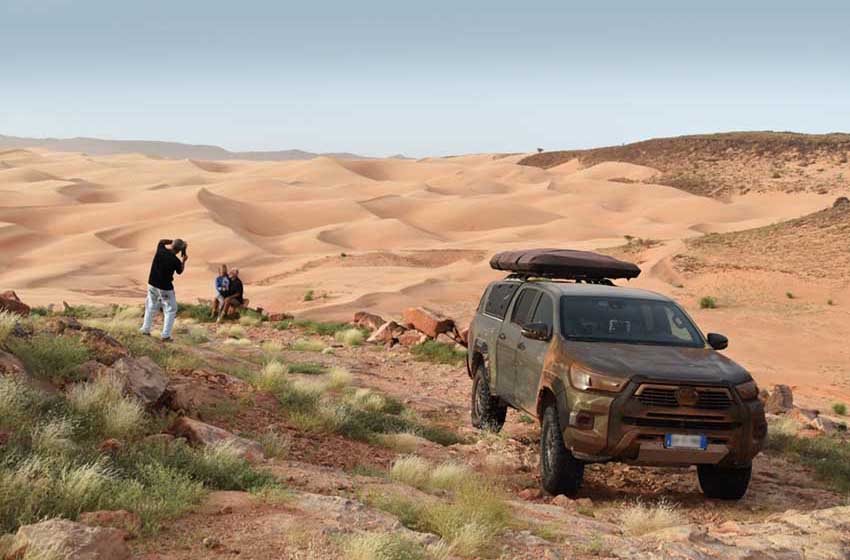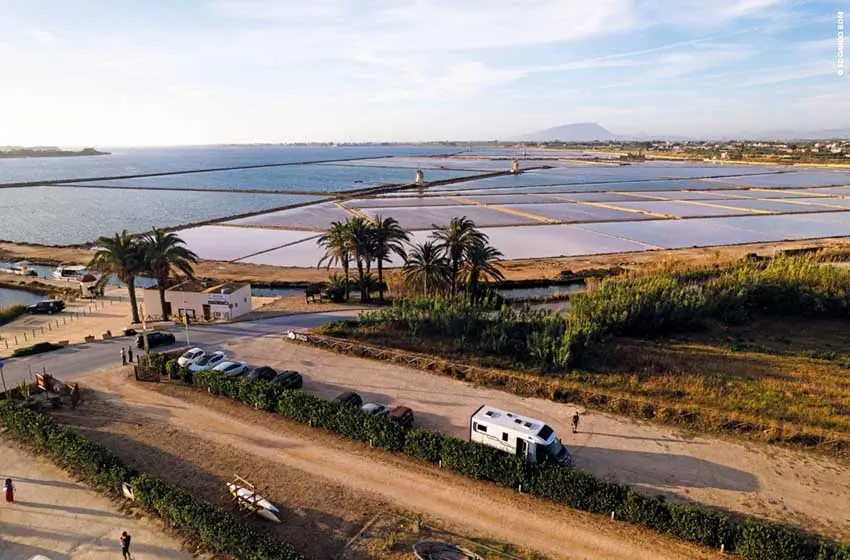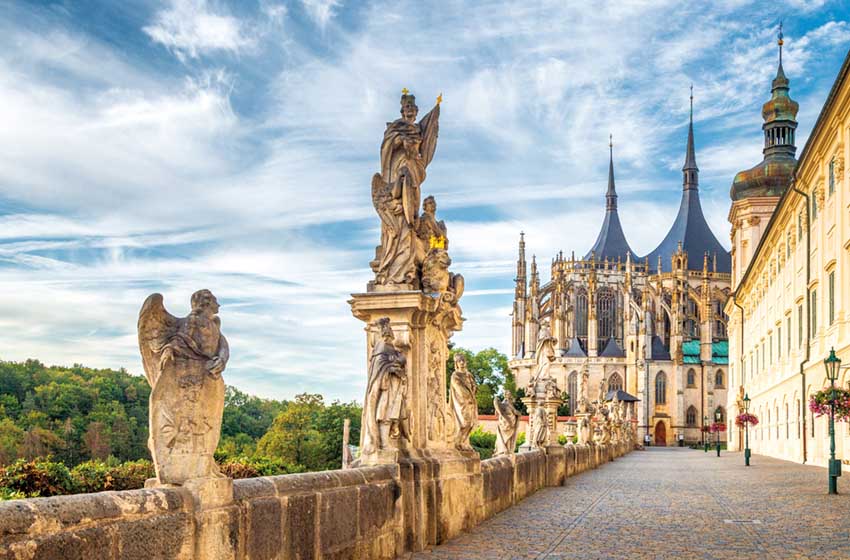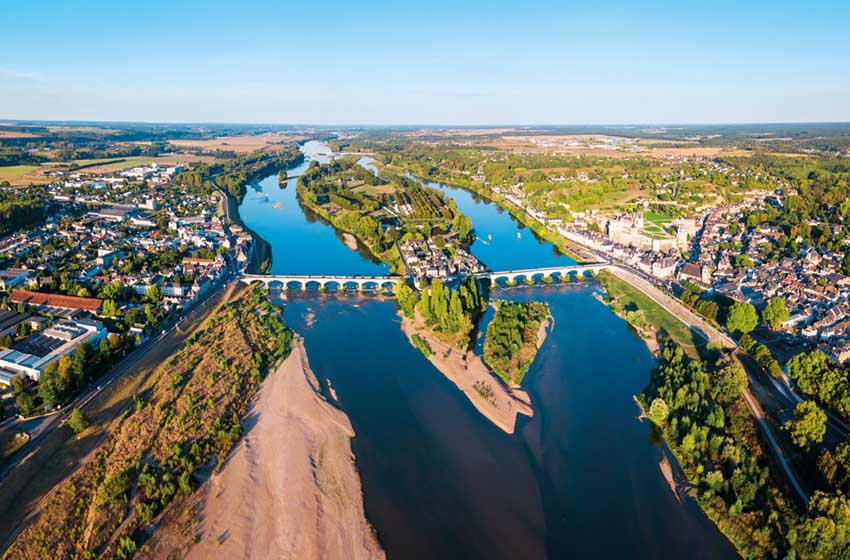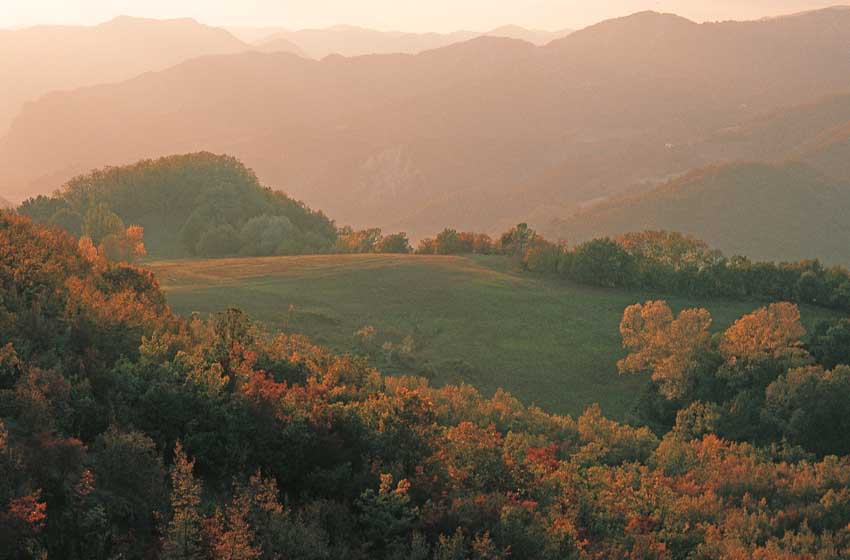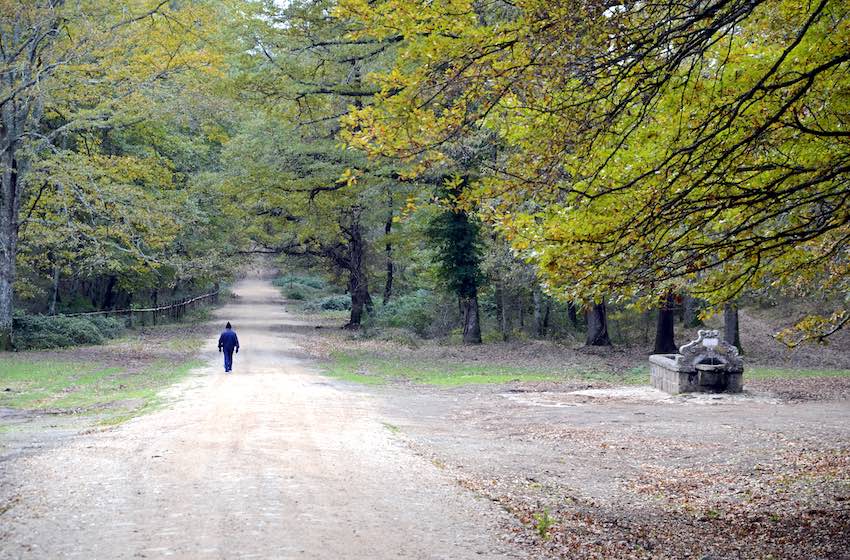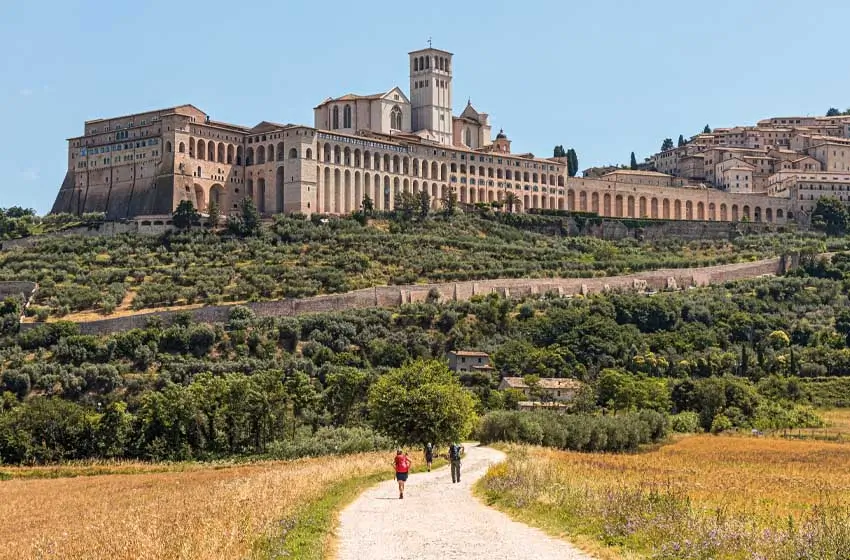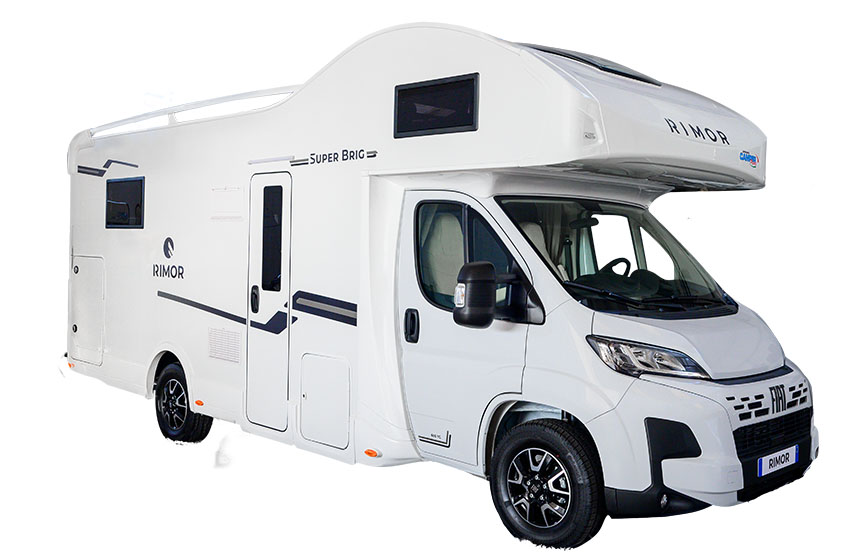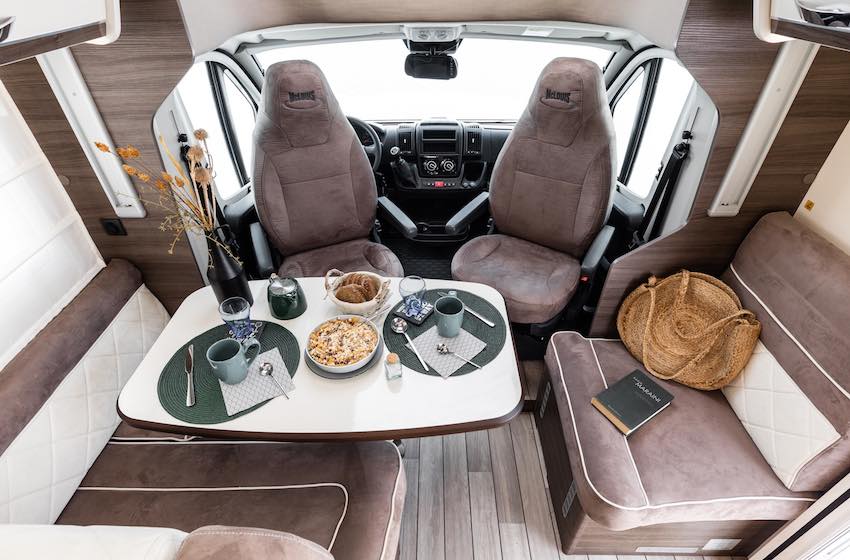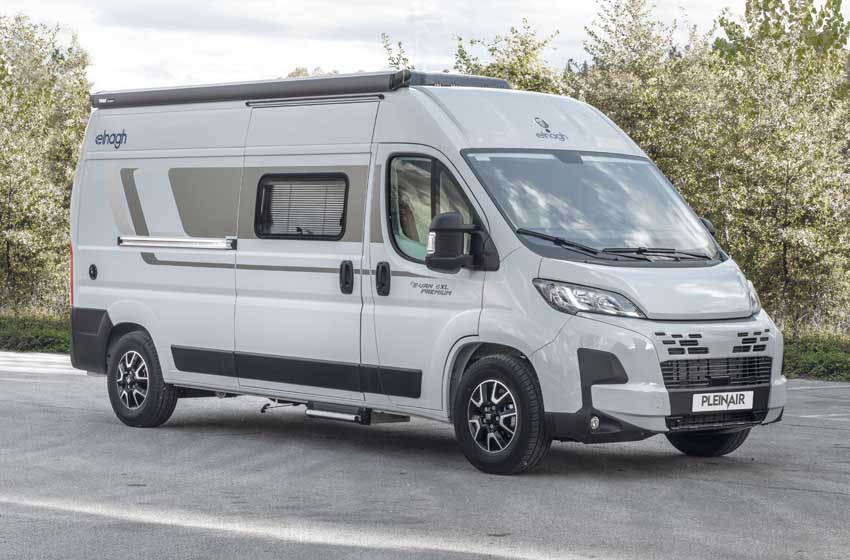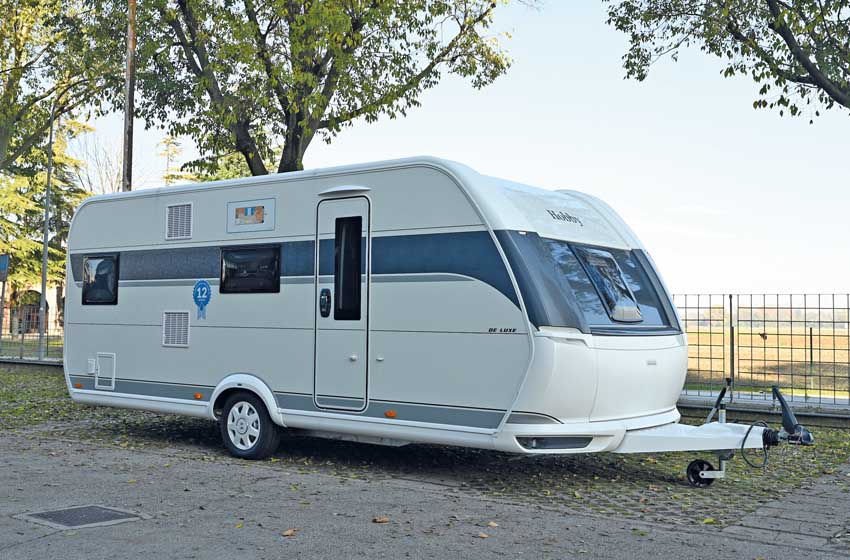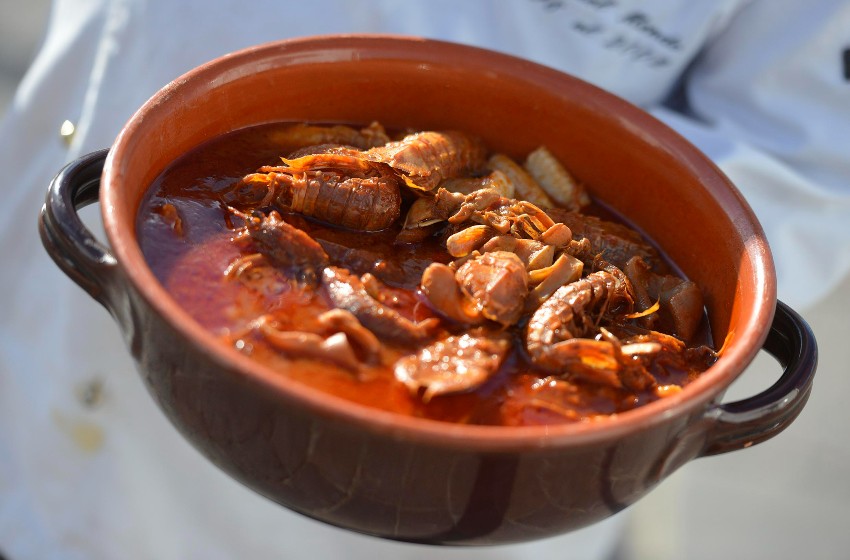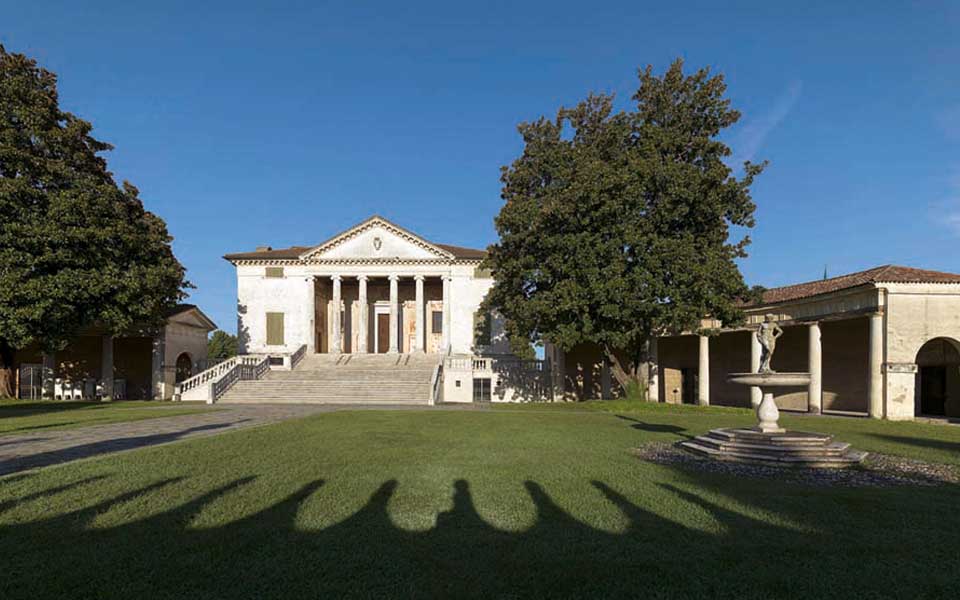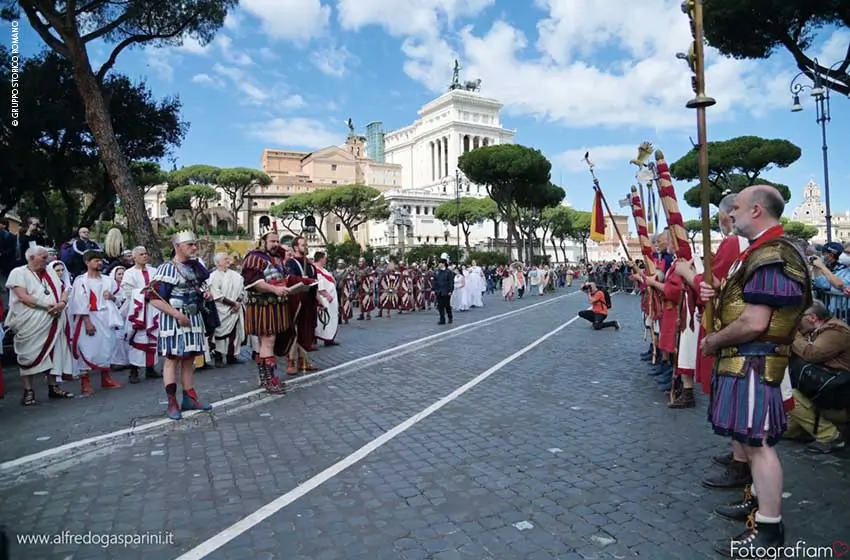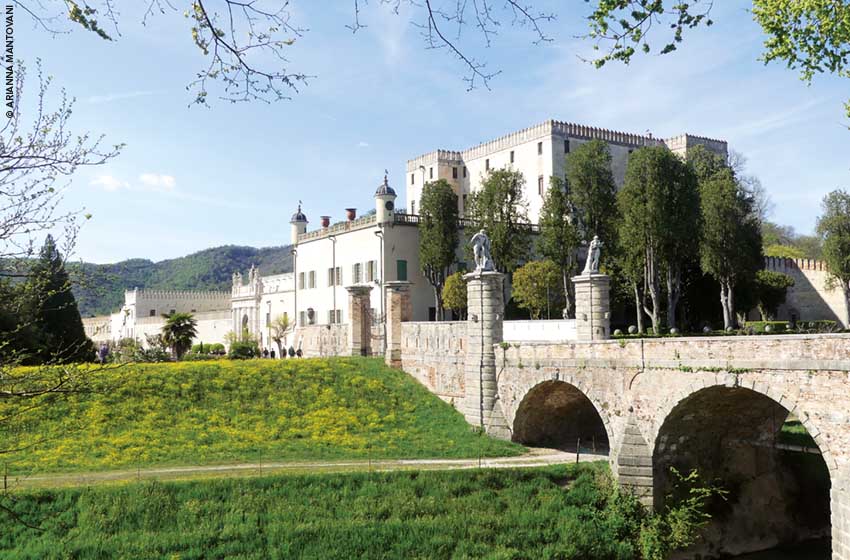Sacile is the starting point of the Pedemontana FVG3 Cycle Route which connects the town to Gorizia, elected in 2025 European Capital of Culture together with Nova Gorica. Another reason to ride it: the route won the 2024Cycle Tourism Oscars. Its main stages are Maniago, Gemona del Friuli, Cividale del Friuli and Gorizia. And we followed the FVG3 by bike in a small camper in the section between Sacile and Gemona del Friuli. To do so we took advantage of the Sacile-Maniago railway axis, equipped with trains suitable for transporting bikes (up to 7). With the advantage therefore of being able to return to Sacile by train or to base yourself in one of the towns along the railway. Between Maniago and Gemona del Friuli from mid-July to mid-August there is also a Bicibus service active on weekends.
Discover the Sacile and Gorgazzo ring
The track
We can say that the route is fairly well marked in the section between Sacile and Tarcento, while from here to Gorizia it is being improved. It is not a cycle path but a cycle route, that is, a route that uses cycle paths and secondary roads indicated with appropriate signs. Only in some sections is there a path reserved for two-wheelers. Below we see the cycling itinerary along the FVG3 between Sacile and Gemona del Friuli.
Discover all the bike trails of Friuli Venezia Giulia with all the info, maps and GPX tracks
Sacile, garden of the Serenissima
The willow branches that crown the banks of the river in the historic center of Sacile are reflected in the waters of the Livenza. Among elegant Venetian-style buildings, it is easy to see young canoeists crossing the gates of the slalom field, pirouetting among the rapids, going upstream and then starting to slide among the waterfalls again.
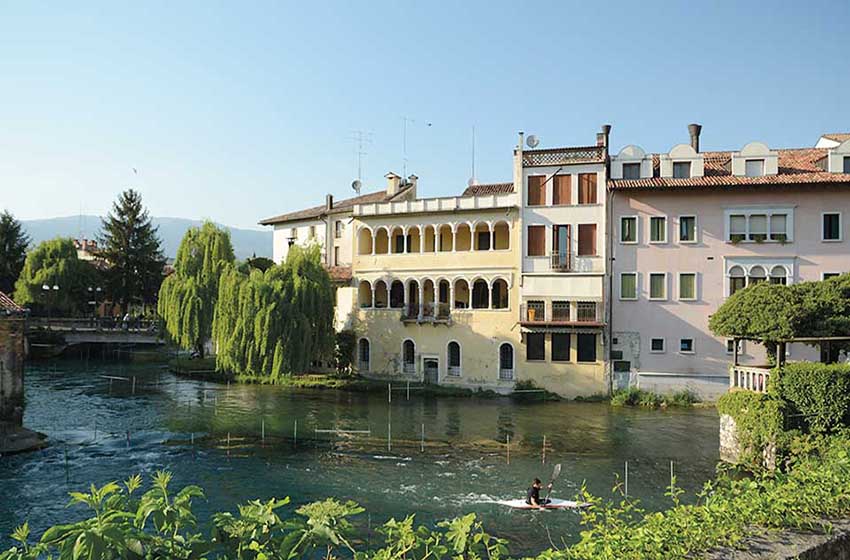
It's not far away Piazza del Popolo with the fifteenth-century Loggia Comunale. An urban space to be savored, embellished with Renaissance buildings and populated by elegant cafes with outdoor tables.
Everything in the center of Sacile has to do with the flow of the waters of the Livenza. It is flanked by a sixteenth-century canal Ragazzoni Palace, with the splendid hall frescoed in the 16th century by Francesco Montemezzano of the Veronese school. A venue for exhibitions, it has a large internal courtyard that is often animated by events.

Built next to a small bridge, the tiny oratory of the Pietà of the 17th century makes you think for a moment that you are in a Venetian street. Very serene atmospheres also welcome you in the square of the Duomo dedicated to the patron saint San Nicolò, which overlooks the elegant Ovio-Gobbi PalaceThe municipal equipped area is located on the river bank, a few minutes walk from the center and next to the dock for small boats.
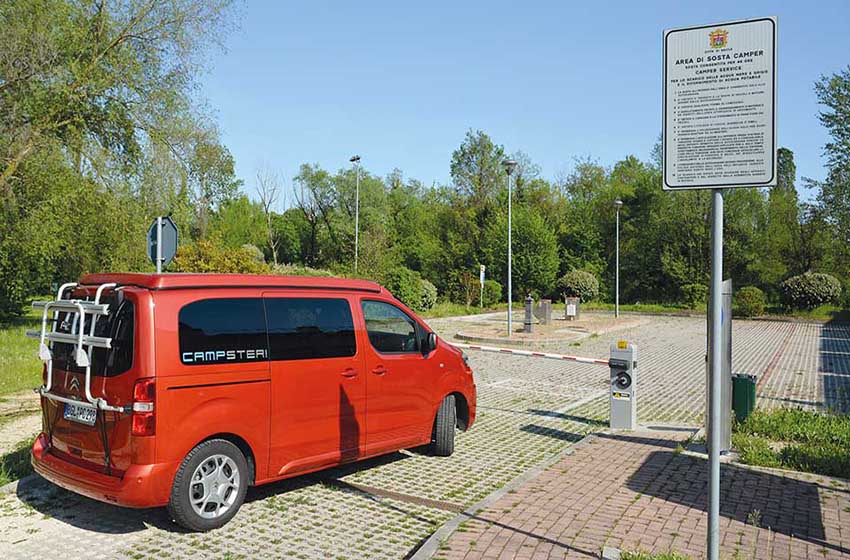
Discover the surroundings of Sacile with the Giardino della Serenissima ring
By bike from Sacile to Polcenigo
From the Sacile train station we begin to pedal towards the pre-Alpine area that closes the last eastern spurs of the Po Valley. We cross Nave (4 km) and reach the locality of Fontaniva, now in the territory of polcenigo.
The sources of the Livenza and the Palù
The waters we admired from the bridges of Sacile originate right in Polcenigo. These are the sources of the Livenza, more or less in correspondence with the important Palù pile-dwelling site included in the UNESCO heritage since 2011. Next to the Sanctuary of the Santissima, built between the XNUMXth and XNUMXth centuries in an ancient place of worship, the Livenza flows at the foot of the mountain and is immediately a river full of clear water, ready to continue its course in the direction of Sacile and then Caorle, where it flows into the sea. It leaves its tributary, the Gorgazzo stream, the task of lapping the houses of the borc, the historic center included among the Most beautiful villages in Italy.
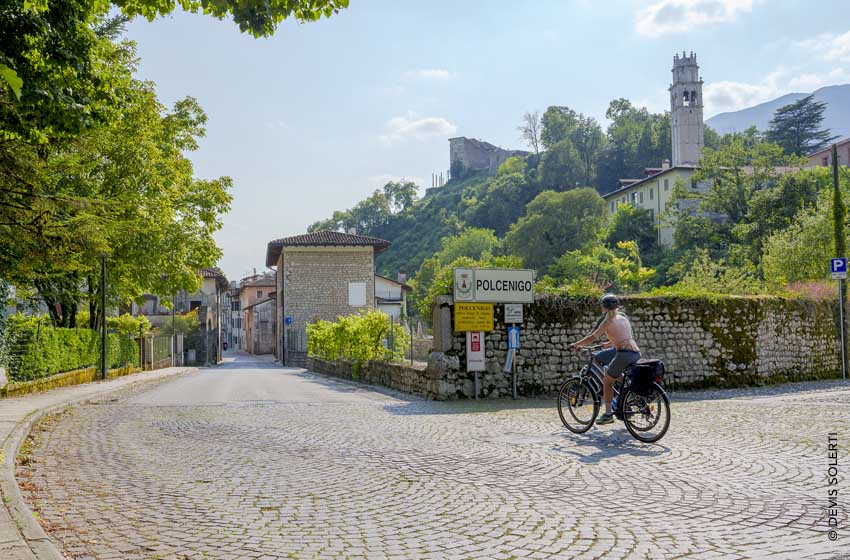
The Gorgazzo
As for Gorgazzo, it is one of the most suggestive karst formations in the Northeast: it flows directly from the rock creating a small lake of emerald-colored water. The network of tunnels below branches out for hundreds of meters, but dives are limited to study purposes, since this underground environment requires equipment and experience as a cave diver.
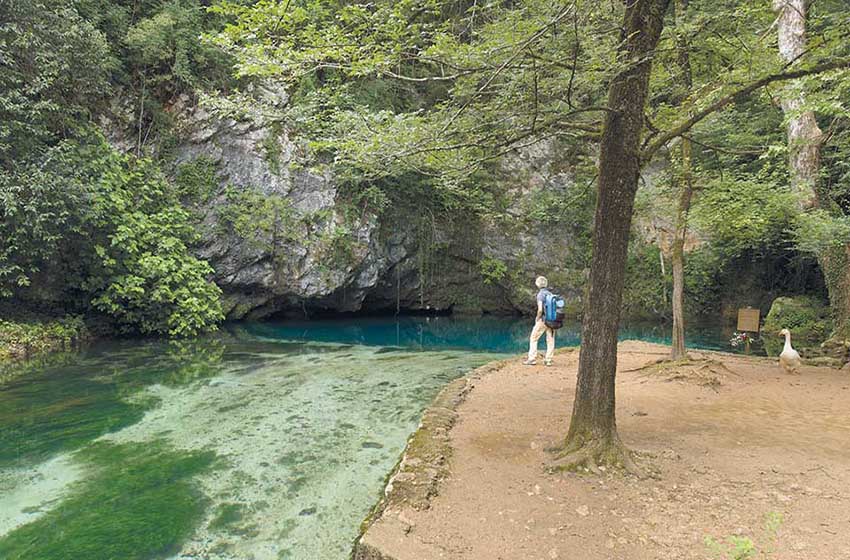
The center of Polcenigo
Worth seeing are the central square dominated by the elegant Palazzo Zaia, the convent and the church of San Giacomo with a precious eighteenth-century organ, located on top of the hill overlooking the village; and also the thousand-year-old church of San Rocco and the San Floriano Rural Park, a hill overlooked by the little church of the same name where it is really pleasant to walk and stop for a picnic. Finally, Polcenigo is the seat of the Troi Trek, a popular mountain bike competition that takes place at the end of August. But for now we continue the bike adventure on the FVG3!
Discover the Sacile and Gorgazzo ring
Cycling from Polcenigo to Montereale Valcellina
The route skirts the slopes of the San Floriano Rural Park (12 km) and begins to climb gently towards Santa Lucia di Budoia. From this location to Castello d'Aviano (21 km) the route runs through cultivated fields. After crossing Aviano, it climbs towards Marsure (30 km), where you take a nice stretch dedicated to bicycles, pedestrians and agricultural vehicles with which you arrive almost in sight of Montereale Valcellina (40 km).
The Malnisio power plant
A Malnisio it is worth booking a visit to the former Antonio Pinter hydroelectric power station, a splendid example of industrial architecture which preserves energy production machinery dating back to the early twentieth century.
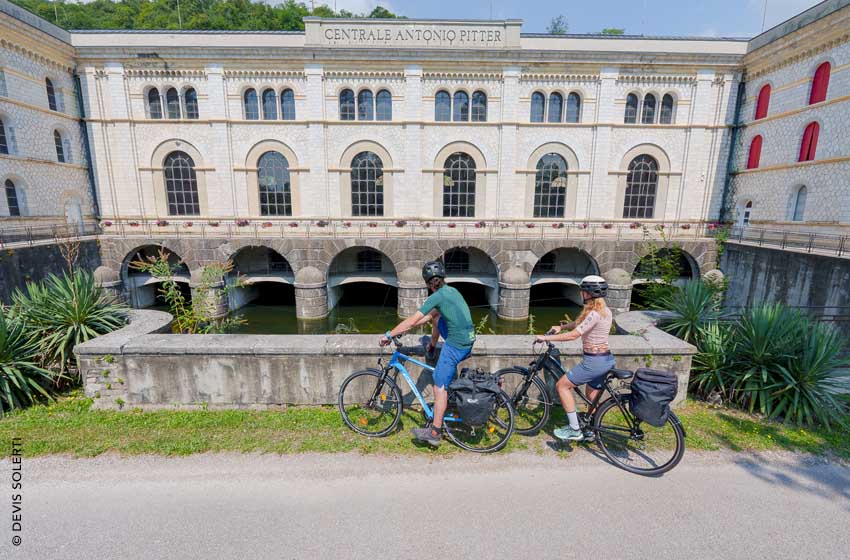
From Montereale Valcellina to Maniago
We continue, crossing the town, up to the old bridge that crosses the Cellina, at the point where in ancient times the road began that, with curves, tunnels and spectacular views, followed the gorge carved out by this torrent. Today access is regulated and managed by the Friulian Dolomites Park. Drawing a large elbow we follow the provincial road to Maniago (48 km).
The City of Knives
Once you arrive, it is best to go straight to the Museum of Blacksmithing and Cutlery Art, set up in the former Coltellerie Riunite Caslino factory. The building, home to the tourist office, illustrates the history of the blacksmith art linked to the production of knives and cutting tools, which began here around the middle of the 15th century using the waters of the Colvera.
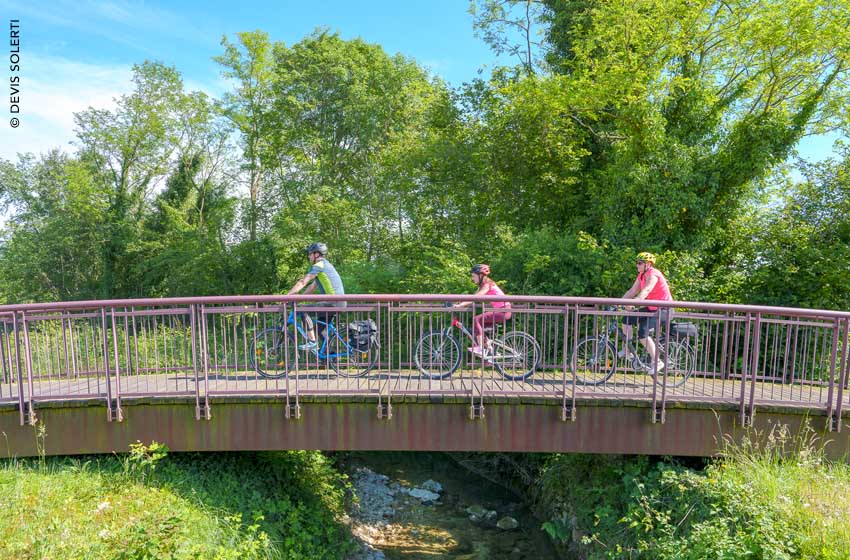
Maniago is the leading town of the Knife Industrial District, which includes almost 200 companies involved in the production of blades and cutting tools. Here is the headquarters of Lis Aganis, the coordination center of the ecomuseums of the territory that brings together an extraordinary variety of local realities to protect traditions, ancient crafts and flavors.
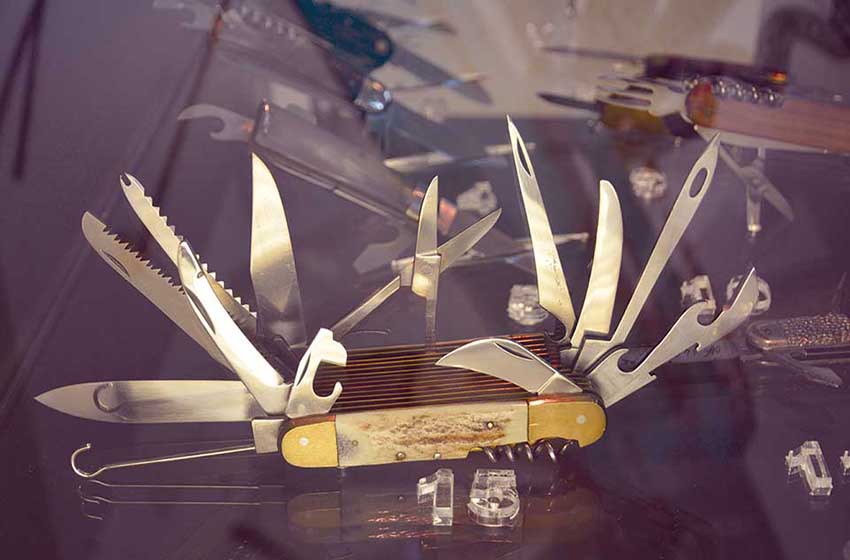
The historic center develops at the foot of the ruins of the 11th century castle: worth seeing Italy Square, the main city space, and the cathedral dedicated to San Mauro martyr with an altarpiece depicting the Redeemer and Saints (1558) attributed to Pomponio Amalteo.
To discover the surroundings of Maniago we recommend thering of mountain villages along the Val Colvera to reach Poffabro and theMagredi ring.
From Maniago to Lake Cornino
After crossing Maniago, another stretch dedicated to two-wheelers awaits us up to Fanna (52). We now head, once again on the provincial road, towards Meduno (58 km) and from there, along pleasant secondary roads, we reach Toppo (63 km) and Travesio (70 km).
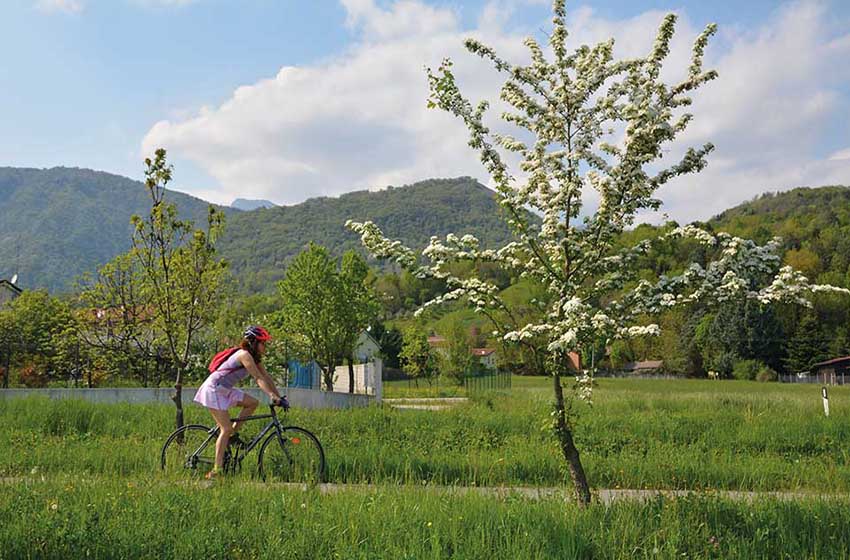
After Borgo Ampiano we arrive in Valeriano (78 km) and then in Pinzano al Tagliamento (82 km), where we cross for the first time the great river that from now on will accompany us to Gemona del Friuli. In Cornino (82 km) the nature reserve that protects the lake of the same name awaits us. A precious gem of the bike trip along the FVG3.
In Lake Cornino the griffins have returned
Around Monteprat, which is reflected at 800 meters above sea level in the waters of the Lake of Cornino, the griffon vultures circle. Thanks to a repopulation project, these birds of prey have been reintroduced into the reserve. To see them up close, you have to arrive early in the morning: this is the time when the birds come to feed at a special feeding point.
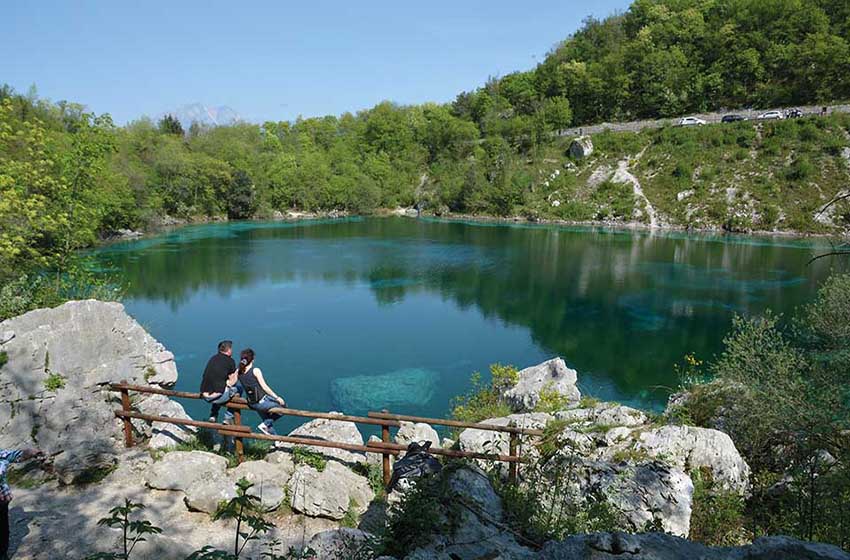
If you arrive when the sun is high, you will see them dotting the sky above the small lake, a precious ecosystem with emerald waters coming from the Monteprat plateau and the Tagliamento. The guided tour allows you to learn more about the habits of these birds of prey, but also the characteristics of the body of water - only 140 meters long and 8 deep - and more generally of the territory marked by the nearby course of the Tagliamento.
Towards Gemona del Friuli
From the reserve's visitor centre (camper parking available in a large square about three hundred metres from the visitor centre) there are several walks that go around the basin, leading to the observatory or to a clearing on the Tagliamento riverbed. Also starting from the reserve's car park, you can follow the road towards Peonis (87 km) and reach the Cippo Bottecchia, dedicated to the legendary cyclist who was found dying at this point in mysterious circumstances.
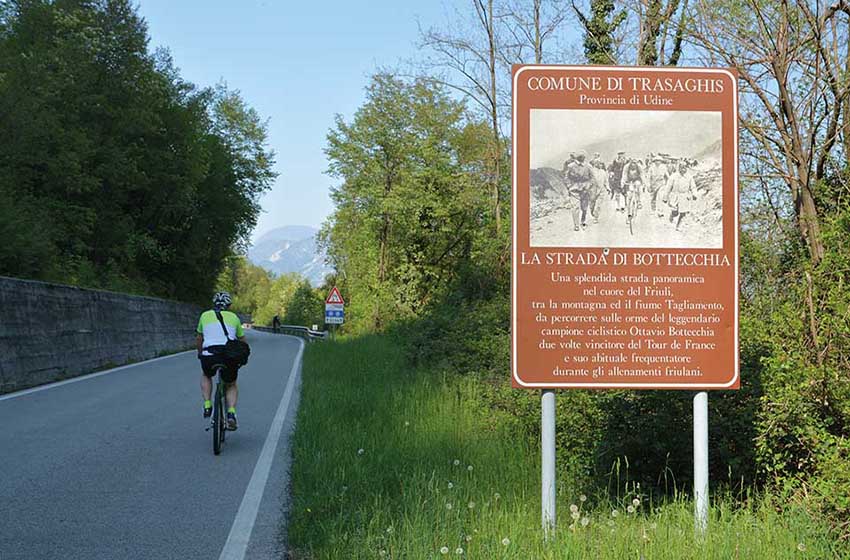
At Trasaghis (95 km from the start) an easy detour allows you to reach the banks of the Lake of Cavazzo, a beautiful stage of the bike trip along the FVG3.
Discover the Cavazzo Lake ring
Finally, at Braulins, we cross the Tagliamento and enter Gemona del Friuli (103 km). The town is the point of intersection with the Alpe Adria cycle path, cross-border route from Salzburg to Grado.
The bike trip along the FVG3 continues!
Gemona del Friuli, the Middle Ages rediscovered
Having crossed the Tagliamento on the Braulins bridge, we are in the territory of Gemona, which looms in the distance. The city symbol of the 1976 earthquake welcomes you with the white Palazzo Comunale from the XNUMXth century, characterized by a typical Venetian structure with a portico with three arches and the first floor occupied by the Salone del Consiglio. At the edge of the old town stands the facade of the cathedral in pink stone with the imposing statue of San Cristoforo, recently restored. Next to it stands the XNUMXth century square bell tower, while in the three-nave interior you can see the columns tilted by the earthquake and the mysterious frescoed underground chapel of San Michele, which can be visited by reservation.
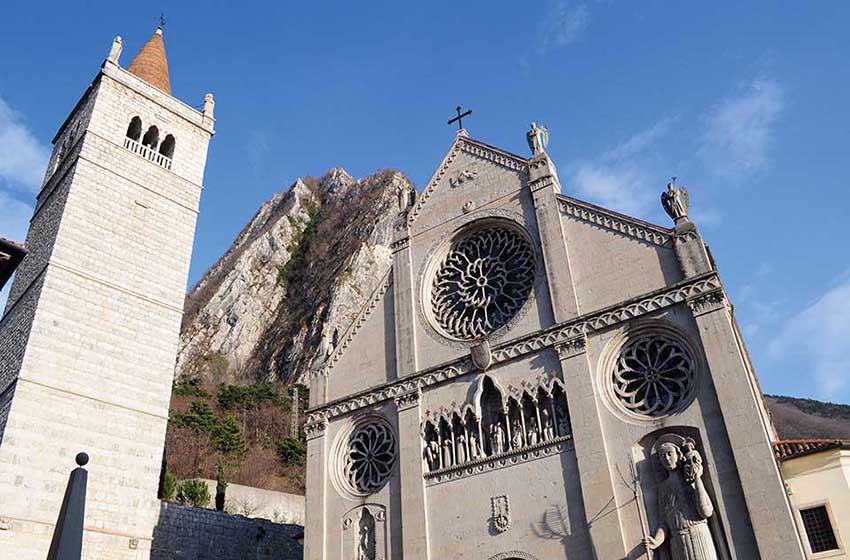
On Via Bini, the main street, there are beautiful 9th century buildings with Gothic porticoes, mullioned windows and three-mullioned windows restored respecting the original forms. At number 50 the splendid Palazzo Elti is home to the Civic Museum, while at number XNUMX the headquarters of the Cineteca del Friuli houses a thematic library and a valuable collection of photos and videos; in the new area there is the modern headquarters of the Cineteca del Friuli Archive, one of the main Italian centers in Italy dedicated to the restoration and conservation of films.
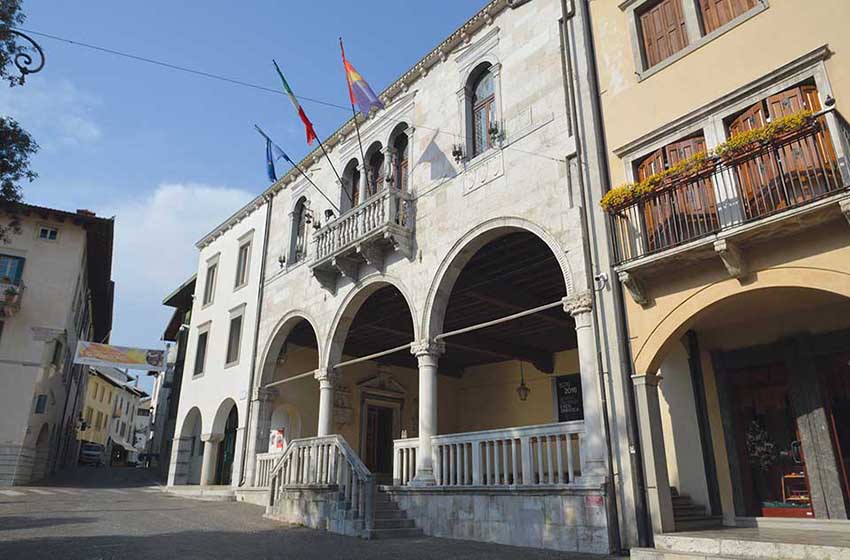
For those who want to continue
Our bike trip along the FVG3 between Sacile and Gemona del Friuli ends here. However, the route continues towards Gorizia, touching Cividale del Friuli and Cormons. Another beautiful adventure to experience with the camper plus bike combination.
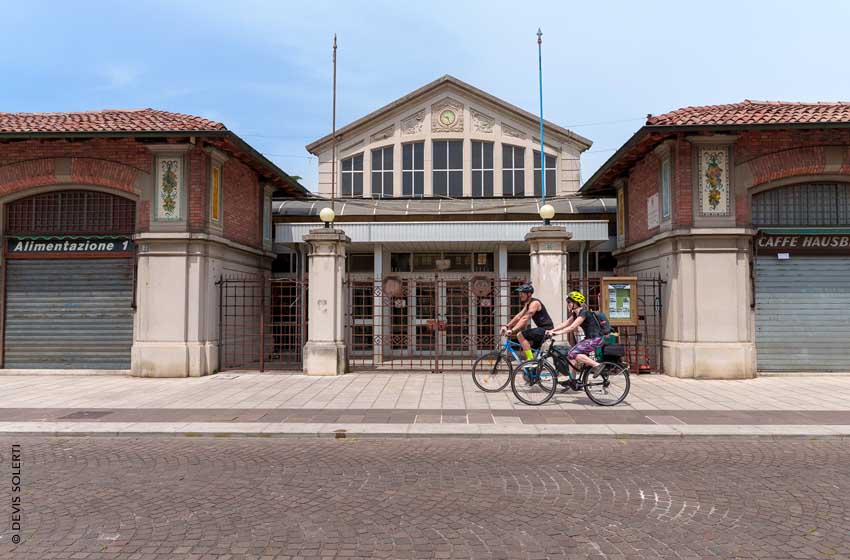
Where to stop
In the section of the cycle path described there are rest areas Sacile, polcenigo, Maniago, New Cavasso e Gemona.

